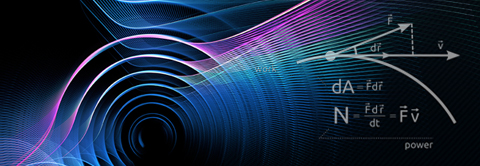New high Tc superconductivity and symmetric pseudogap metal in the bilayer nickelate La3Ni2O7-Part1
2024.06.03 09:32
| 날짜 | 2024-06-03 11:00 |
|---|---|
| 연사 | |
| 장소 | E6, #3441 |
Recently, a new class of superconductor with Tc=80K was found in bilayer nickelates La3Ni2O7 under high pressure, being of significant interest in the condensed matter community. Due to the nature of the bilayer and multi-orbital feature, these materials present a unique platform for high-Tc superconductivity compared to any presenting nickelates and cuprates system. At this moment, a pressing challenge is to unravel the intriguing pairing mechanism underlying superconductivity in these materials and elucidate how they differ from old cuprate physics. In the first part of the talk, I present the role of Hund's coupling as a potential key factor for understanding the remarkably high Tc of La3Ni2O7 [1]. Specifically, I demonstrate that the minimal model is derived as a bilayer type-II t-J model within a large Hund-coupling limit, as opposed to the conventional single-orbital bilayer t-J model, where localized dz2 orbitals are simply integrated out [2]. In the second part of the talk, I answer a fundamental question: Can a small Fermi surface phase, which violates the Luttinger theorem, exist and give rise to superconductivity? By introducing a novel controlled theory based on a bilayer model—the ESD t-J model—we demonstrate the viability of such a scenario [3]. Furthermore, we elucidate that the small Fermi surface transitions into an inter-layer s-wave superconductor at low temperature through Feshbach resonance with a virtual Cooper pair, with a surprising doping-induced crossover from Bardeen-Cooper-Schrieffer (BCS) to Bose-Einstein condensation (BEC) at higher hole doping levels. Applying our theoretical framework, we provide a plausible scenario for the La3Ni2O7 materials.
[1] Hanbit Oh and Ya-Hui Zhang, Phys. Rev. B 108 (2023)
[2] Hui Yang*, Hanbit Oh*, Ya-Hui Zhang, arXiv:2309.15095 (2023)
[2] Hanbit Oh, Boran Zhou, Ya-Hui Zhang, arXiv:2405.00092 (2024)







